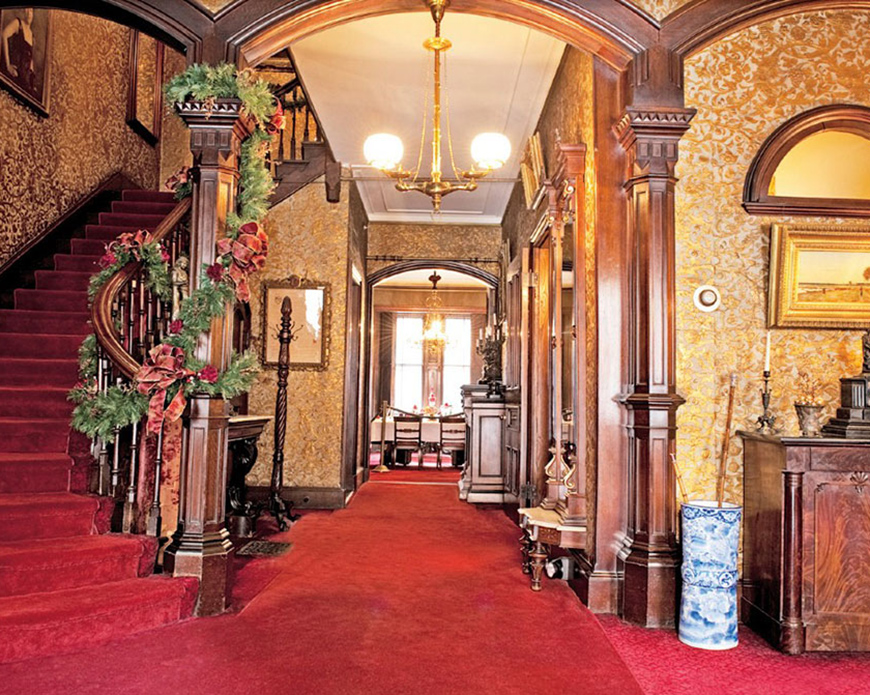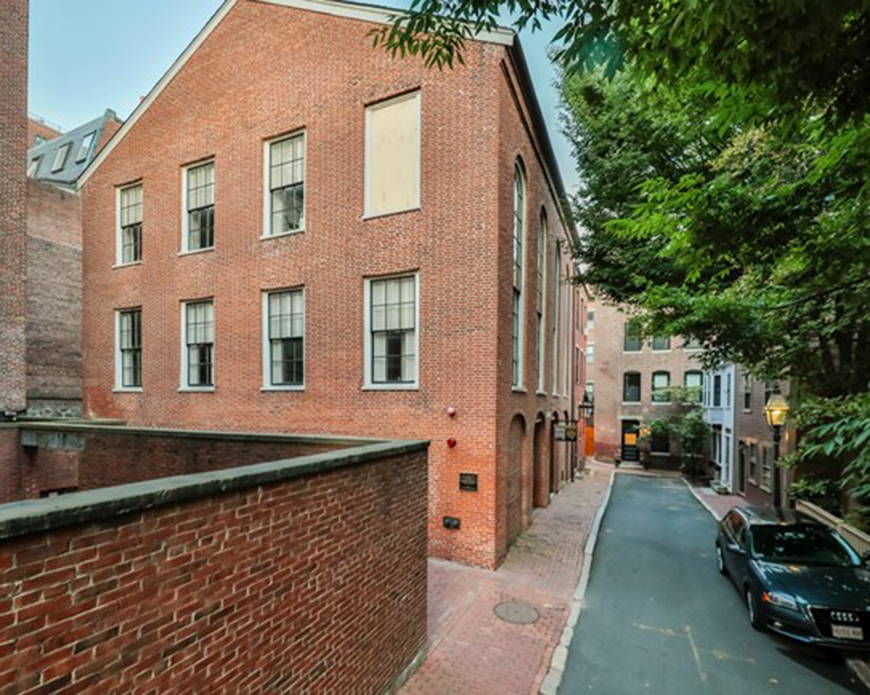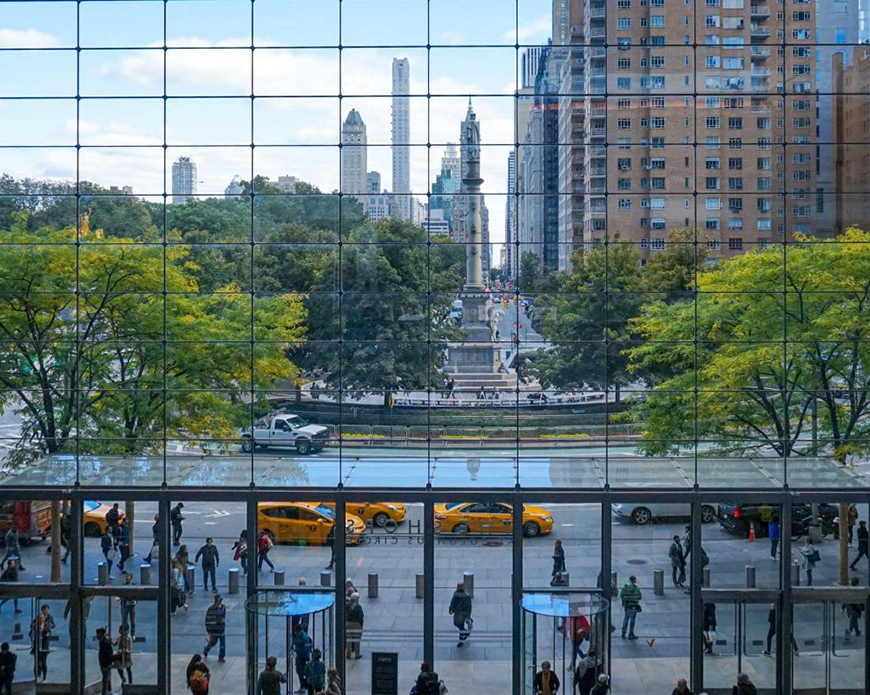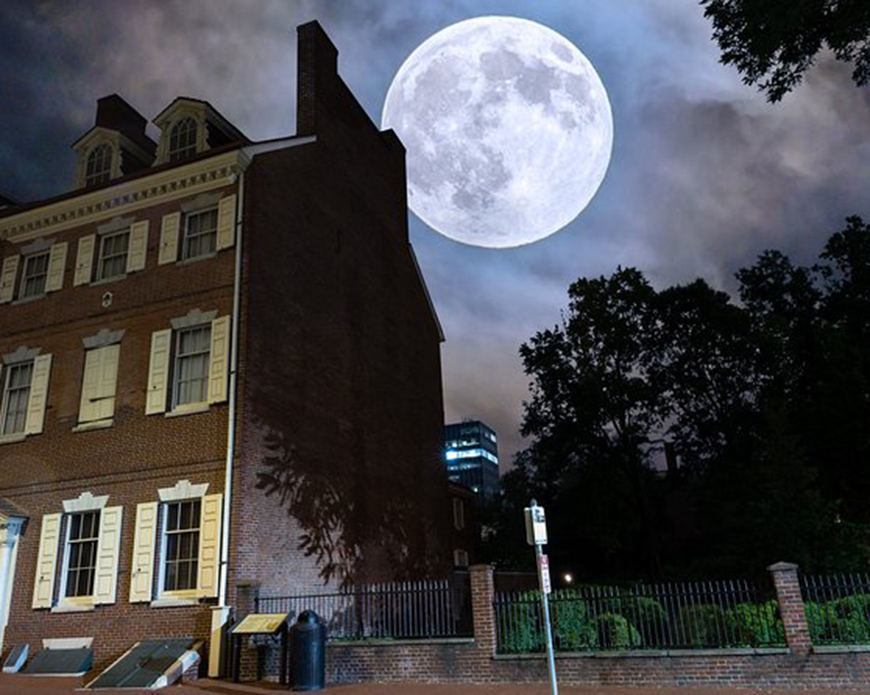I’ve learned to look beyond postcard landmarks to discover quieter stories whispering around hidden corners. Boston, steeped in revolutionary legacy and colonial character, rewards travelers who stroll its less obvious alleys. I’ll walk you through three of my personal historic adventures outside the usual Freedom Trail crowd, plus four more great picks I wholeheartedly recommend, each with vivid descriptions, transit guidance, booking notes, plus pros, cons, and personal reflections. Let’s go off the beaten path together—and uncover Boston’s quieter historical gems.
🚶♂️ My Off Street Exploration 1: African Meeting House & Abiel Smith School, Beacon Hill
Location & Transit:
Hidden on Joy Street between Smith Court and 8 Joy Street, Beacon Hill. The nearest T stop is Park Street (Red/Green Lines); it’s a ten-minute uphill walk, or a short local bus ride (47 or 4).
What I Did & Why It Stood Out:
One crisp early afternoon, I walked quietly through Joy Street’s brick terraces and arrived at the African Meeting House, built in 1806 by free Black Bostonians. Inside, I joined a small guided tour included with admission (~$7 adults at Museum of African American History on-site). I learned about abolitionist meetings, Frederick Douglass speaking from its pulpit, and Crispus Attucks’ descendants attending Sunday school there. Next door is the Abiel Smith School, America’s first public school for African American children—now an interpretive center.
Three Highlights I Loved:
- The pulpit where Frederick Douglass reportedly preached—stood at the platform and felt the echo of history.
- A preserved classroom in the Smith School with original benches and chalk scribbles on board teaching the alphabet to children in the 1830s.
- A restored early-19th-century hearth kitchen exhibit showing community meals prepared in historic styles.
My Activities & Insight:
The guide asked us thoughtful questions like “What does freedom feel like?” while illuminating the resilience of Boston’s early Black community. I was struck by hand written school rosters listing names now remembered. I lingered after the tour to sit quietly in the Meeting House yard, imagining sermons echoing from its simple framed structure.
Pros & Cons:
🟢 Pros: Deep emotion and powerful storytelling, small group, peaceful Beacon Hill location.
🔴 Cons: Not wheelchair friendly inside historic building; only open limited hours (check seasonal schedule).
Booking & Cost:
Tickets purchased onsite or online via Museum of African American History website; major discounts for seniors/students (~$5), families packet ~ $20. The guide’s narration is excellent and personal.
Personal Reflections:
Standing in that hushed sanctuary, I felt Boston’s complexity—its revolutionary zeal, its early contradictions around race, and the quiet strength of the Black community that made change from the ground up. It’s history you can touch, a story rarely told in easier museum tours.
🌳 My Hidden Journey 2: Warren Tavern & Cambridge Revolutionary Sites
Location & Getting There:
In Charlestown, at 2 Pleasant Street, Warren Tavern is adjacent to historic Charlestown and just under ½ mile from North Washington Street Wharf, accessible via Red Line to Community College or Haymarket with a short walk. Alternatively, catch the ferry to Charlestown Navy Yard (seasonal).
Why It Called Me:
The Warren Tavern, founded 1780, is possibly Boston’s oldest operating tavern—and rumored frequenting spot of Paul Revere and George Washington. I dropped in after touring Bunker Hill Monument earlier that day.
Three Features I Enjoyed:
- A revolutionary era mug of ale served in a dish-smoked wooden barrel; I could almost taste the toasted hops 240 years old.
- Restored colonial architecture—worn plank floors, antique mirrors, an oil lamp chandelier overhead.
- Historic memorabilia: scanned reproductions of tavern license documents, a reproduction of a tavern ledger listing meals for early US soldiers in 1781.
Activity Summary:
I arrived in the early afternoon, snagged a quiet corner seat, and chatted with the friendly bartender who told stories collected from local lore. Over fish chowder and roasted turkey sandwich (~$14), I felt part of a generational narrative. Later, I walked the plaque-marked Revolutionary War trail in Charlestown, ending at the monument and USS Constitution dock.
Pros & Cons:
🟢 Pros: Food, drink, and weathered charm steeped in history; location near Bunker Hill and naval yard.
🔴 Cons: Can get busy during peak tourist hours; not a silent contemplative experience.
Booking/Booking Platform:
No reservation required for lunch—walk-ins accepted. Some evenings offer themed colonial dinners (prebook via Warren Tavern website). I reserved via their site to snag a 6 PM roots style feast—glowingly authentic.
Personal Reflection:
Sitting in that tavern felt like time traveling: I imagined patriots planning late-night rides, neighbors chatting. I sipped ale, watched passersby against the monument’s shadow, and felt Boston’s revolutionary heartbeat in a local pint glass.

🗿 My Off Trail Landmark 3: The Gibson House Museum & Hidden Back Bay
Location & Access:
Located at 137 Beacon Street, Back Bay (on the corner of Arlington and Beacon). Take the Green Line to Arlington Street, then walk across Commonwealth Avenue.
Why It Caught My Heart:
I visited the Gibson House Museum, a preserved 19th-century row house turned museum, created by the Gibson family who left most original furnishings intact. I went one slow weekday afternoon.
Three Intriguing Features:
- Original parlor room wallpaper hand-painted in the 1880s—floral patterns, gold leaf borders—still vivid and delicate.
- The butler’s pantry, with fine china neatly cataloged, hand written inventory lists, and a hidden dumbwaiter that still clanked when I pressed the discreet button.
- The family’s solarium greenhouse, with original Tiffany glass windows and dried Victorian seed packets tucked in wooden drawers.
Activities:
My docent-led tour pointed out subtle changes: how gaslight converted to electricity, the scared marble mantelpiece near the fireplace, and how the family’s teenage daughter’s books remain on a desk. Afterward I had tea in their small museum garden (included in the ~$10 admission)—a peaceful spot amid rowhouse bustle.
Booking & Cost:
Tours offered hourly on weekdays; I booked a spot via Gibson House Museum site. Admission $10 adults, $8 seniors/students; $5 youth. Private group tour up to six for $75, available by reservation.
Pros & Cons:
🟢 Pros: Immersive urban time capsule, small group, elegant neighborhood, hidden garden.
🔴 Cons: Must join tour (no wandering solo), limited open hours (usually afternoons Wed–Sat).
Personal Take:
I felt wrapped inside a 19th-century Boston family’s everyday life: hushed linen closets, spiral staircases, preserved diaries. It felt deeply human—quiet, detailed, intimate—and utterly different from grand museums.
📍 Other Recommended Off Path Historic Spots
These four I haven’t personally lived through in long form yet—but I have vetted them carefully through trusted guides and local history friends. I would happily visit them again—or suggest them to fellow travelers looking for history off the high-traffic trail.
- Dorchester Heights Monument & Thomas Park
Details:
• Location: In South Boston, commanding views of Boston Harbor from Thomas Park.
• Why Visit: Site where General Washington’s troops placed cannons in 1776, forcing British evacuation.
• Activities: Walk to cannon emplacement, picnic on hill, descend to older navy relics at surrounding walking path.
• Access: Bus 7 from Downtown to Dorchester Heights; small hill climb.
• Admission & Booking: Free access; brochures from Dorchester Historical Society or digital audio guide (~$3).
Why It Works: Stunning harbor views, colonial dramas, public art installations marking militia paths. Minimal crowds offer reflection space. - Charlestown Navy Yard (USS Cassin Young & Burying Ground)
Details:
• Location: 1 2nd Avenue, Charlestown.
• Attraction: USS Cassin Young (WWII destroyer museum) plus Old Burying Ground behind the Navy Yard, where Revolutionary officers are buried.
• Ticket Price: About $16 adult for warship tour, burying ground free.
• Booking: Tickets online via National Park Service or on-site.
• Activities: Self-guided deck-level ship tour, marker reading at gravestones, reading diaries displayed from local museum archives.
Pros & Cons:
🟢 Pros: Unique tangible naval history, serene historical cemetery, few visitors.
🔴 Cons: Steps aboard ship require moderate mobility; limited shade on deck. - Boston African Burying Ground Memorial
Details:
• Location: Dorchester Street near City Hall Plaza.
• Significance: Memorial commemorating enslaved and free Africans buried in mass graves uncovered during Big Dig.
• Visiting: Free, outdoor interpretive walk exhibits, audio guide via app.
• Pros: Poignant history, moving architecture, central yet quiet.
• Cons: Small site, best visited with prior context.
Booking: No booking needed; app-guided stories available online or onsite. - Old Deer Island and Deer Island Treatment Plant (Historic Landscape)
Details:
• Location: East Boston, accessible by the wired trail and Causeway Street bike path.
• Significance: Former small island with colonial quarantine hospital, Revolutionary War 1747 fort ruins.
• Visiting: Accessible via guided hike from Mass Audubon or open trails.
• Booking: Free—but guided tour available via Boston Harbor Islands National & State Park, reservation required ($10–15).
Why Worthwhile: Overviews of old quarantine hospitals, sweeping views of harbor, rarely visited islands—quiet history and solitude.

🧭 Travel & Planning Tips
• Transit: Getting to off-grid landmarks may require combo of MBTA, bus, ferry, or short rideshare—download MBTA app beforehand.
• Booking: For museums or tavern dinners, confirm open hours in advance—some historic buildings close weekdays early.
• Attire: Wear comfortable walking shoes; many sites are in cobbled or unpaved areas.
• Timing: Off-peak hours mid-morning or early afternoon help avoid crowds. Check each location’s calendar (e.g. free days at African Meeting House).
• Multilingual: Audio tours often available in Spanish, French—check with museum or site beforehand.
✨ Personal Reflections
Exploring these quieter spots left me humbled, curious, and deeply moved. I felt history not just in monuments but in daily life legacies; I discovered Boston not just as a city of grand markers but as one of small cemeteries, humble meeting houses, whispering taverns, and preserved parlors. These places resonated not because Jefferson or Adams walked there, but because the people they built Boston for—the marginalized, the artisans, the everyday colonists—etched their own stories into each wooden beam, each humble pew.
My favorite memory may be walking away from the African Meeting House, hearing leaf shadows on brick, feeling as if the voices of old abolitionists murmured behind me. Or sipping ale amid tavern knots in Warren Tavern, hearing ghost stories about Revere lingering at that same bar. Or kneeling before letters scratched into blackboard rails in Gibson House classroom by schoolchildren of 1888, feeling their future pulse.
These experiences weren’t just historical—they were deeply human. And each beat made me grateful for Boston’s quieter corners.




